Huernia hirsuta hybrid
Scientific name: Huernia hirsuta, syn. Stapelia hirsuta
Common names: Starfish Flowers, Carrion Flowers
Natural habitat: Huernia hirsuta is native to the southwestern regions of Namibia and the Cape Province in South Africa. It predominantly grows in desert or dry shrubland biomes.
Flowers: Large, and star-shaped, measuring about 5 to 15 cm (2 to 6 inches) in width. They present a rich, dark red color, densely covered with long, hair-like structures at the center, mimicking the appearance of a dead animal.
Stems: Subquadrangular stems, which are about 20 cm (8″) high and 1 to 2 cm (0.5-1″) thick. These stems are greyish-green to green in color, suffused or mottled with red, and have concave grooves running vertically between their four angles. The stems are usually fine-haired and can redden in full sun and during the winter months.
$5.50
Huernia hirsuta is more than just a plant; it’s a conversation starter and a statement piece for any succulent collection. Whether showcased in a desert garden, a dry shrubland scape, or as a unique indoor plant, it promises to be a focal point that intrigues and captivates. This species is an ideal choice for collectors and enthusiasts seeking to add a touch of the unusual and the exotic to their plant assortments.
We sell all Stapeliads as unrooted cuttings – a bunch of 3 stems each minimum 4 inches (10 cm).
General Care for Stapeliads
Stapeliads are a unique group of succulent plants known for their striking flowers and interesting forms. They belong to the Apocynaceae family and are mostly native to Africa, with some species found in Asia and the Middle East. Here’s a general guide to caring for Stapeliads:
- Lighting: Stapeliads thrive in bright, indirect light. Direct sunlight can be harmful, especially during the hottest parts of the day. A partially shaded spot is ideal.
- Watering: These plants require moderate watering. Allow the soil to completely dry out between waterings. Over-watering can lead to root rot, so it’s essential to ensure good drainage.
- Soil: Use a well-draining cactus or succulent mix. Stapeliads prefer a soil mix that allows for good air circulation around the roots.
- Temperature: Most Stapeliads prefer warm temperatures and are not tolerant of frost. Keep them in temperatures above 6-8°C (43-46°F).
- Humidity: Stapeliads generally do well in average room humidity. However, during the growing season, a slight increase in humidity can promote healthier growth.
- Fertilization: Feed sparingly during the growing season. Use a balanced, water-soluble fertilizer at half strength.
- Propagation: Propagation can be done through stem cuttings or seeds. Allow cuttings to dry before planting.
- Pests and Diseases: Watch out for pests like mealybugs and take precautions against snails and slugs. Stapeliads are generally resistant to diseases if well taken care of.
Specification: Huernia hirsuta hybrid
| Weight | 0.55 lbs |
|---|



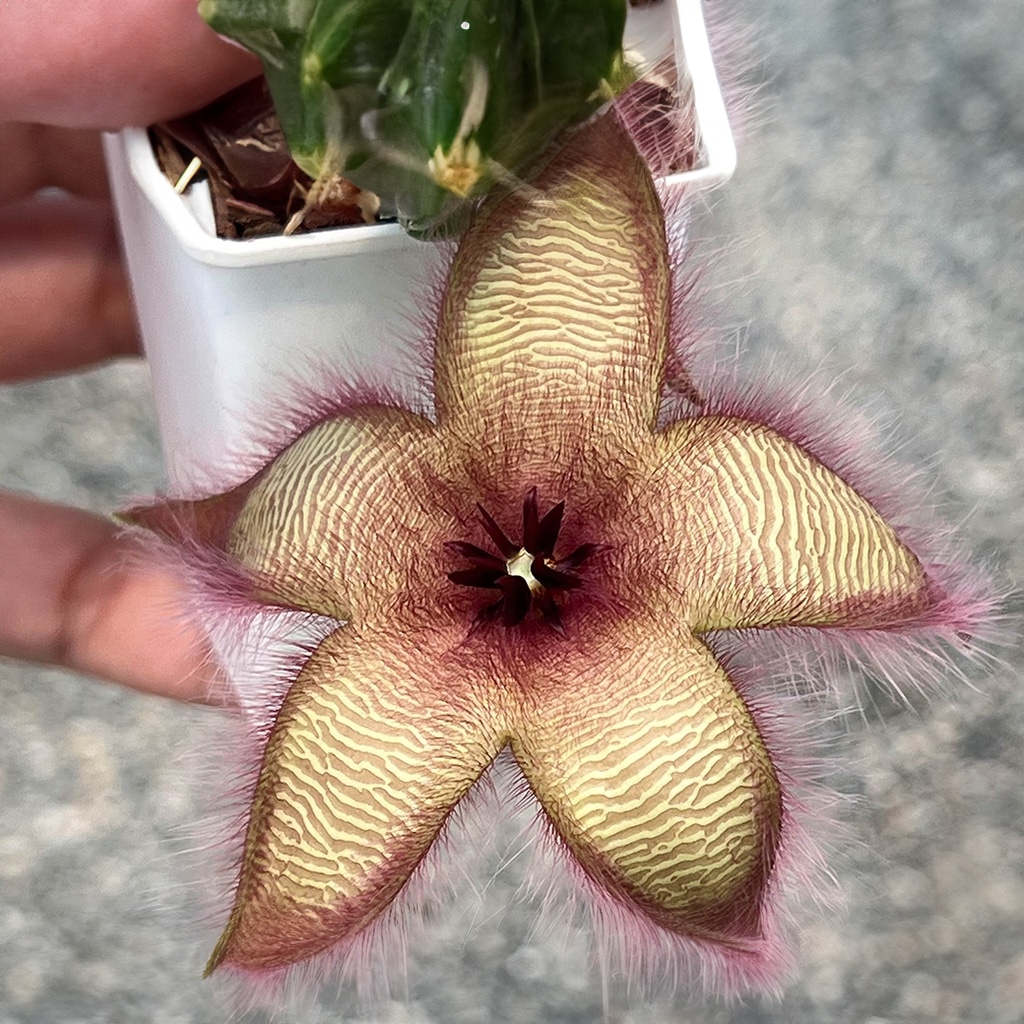
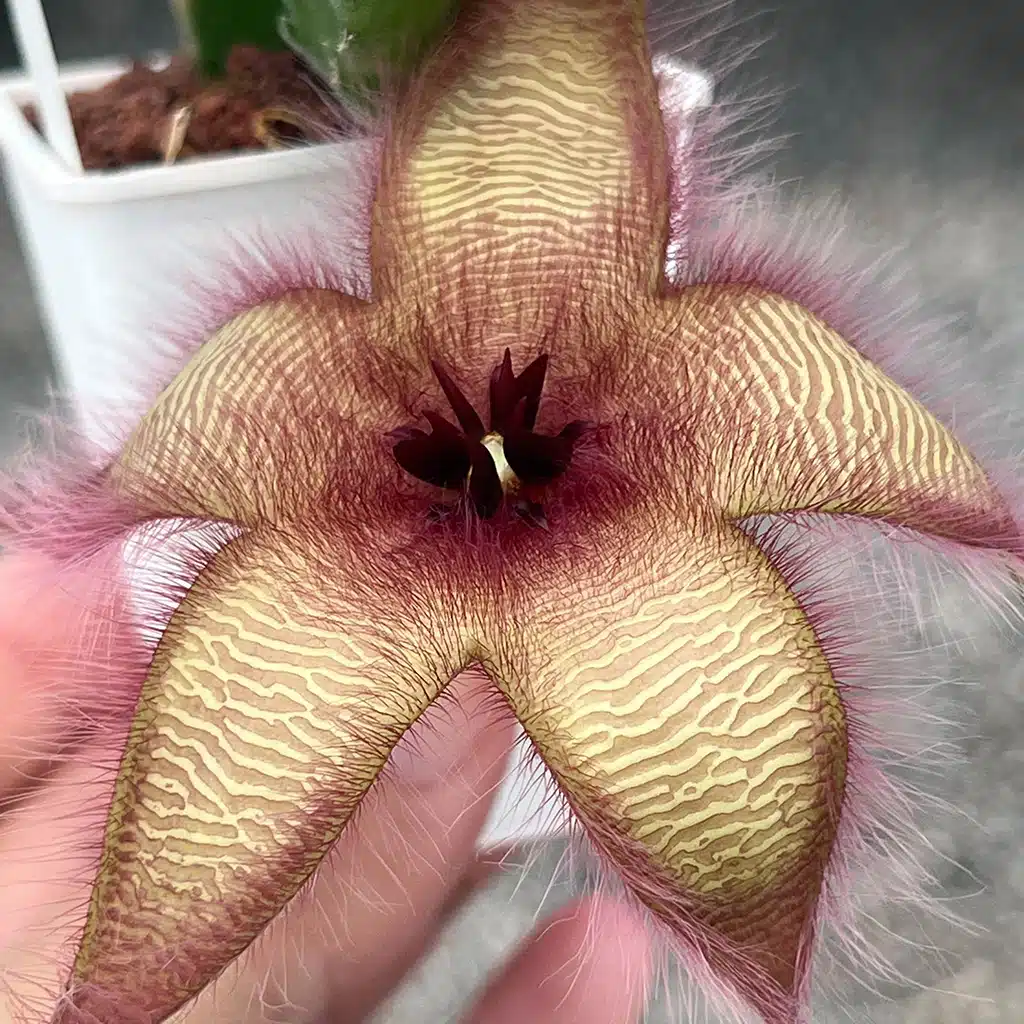
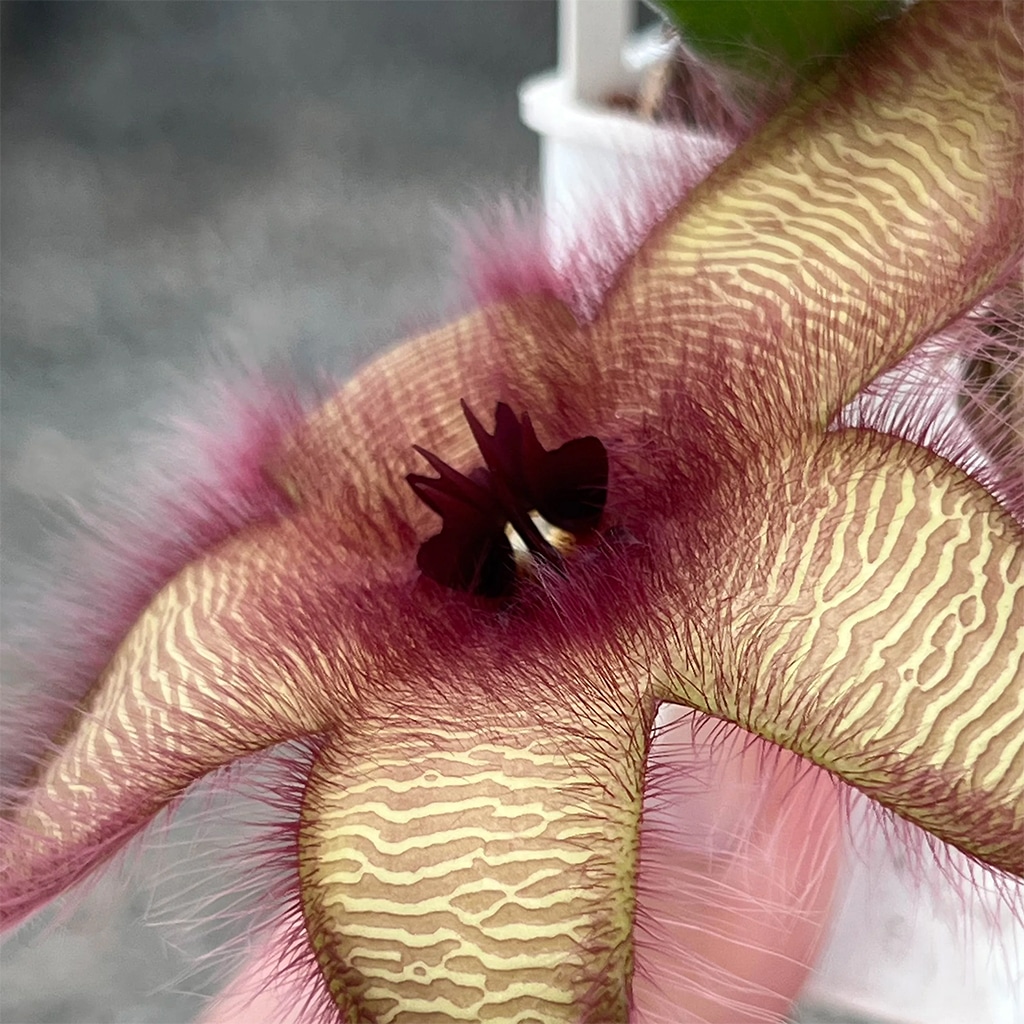
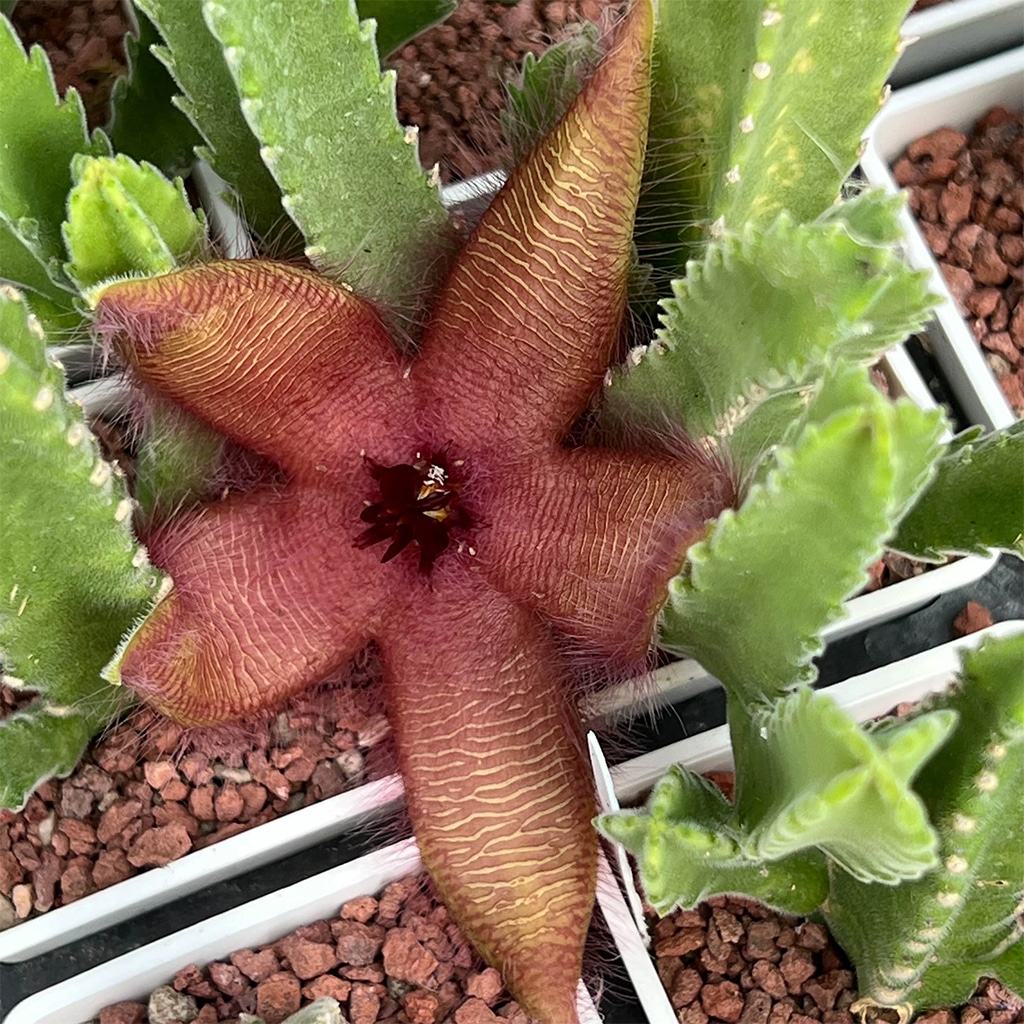
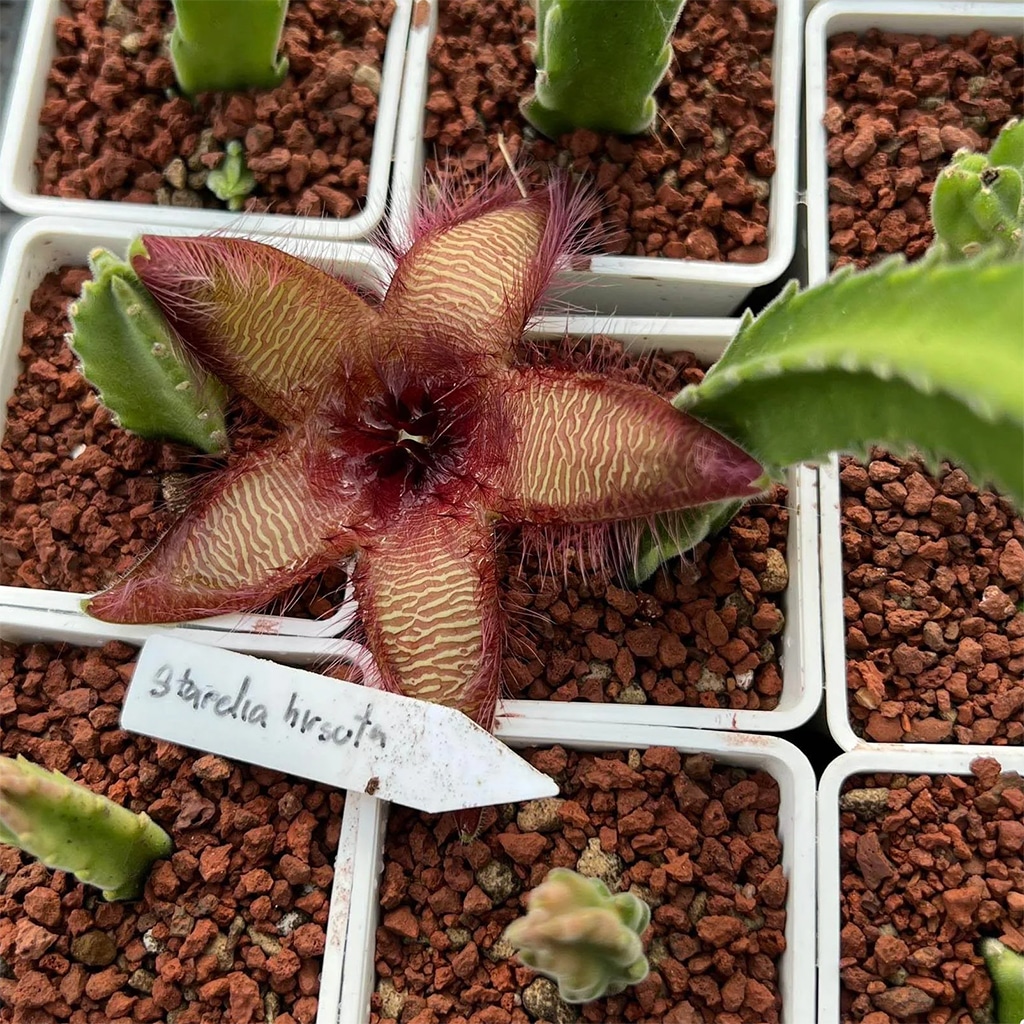


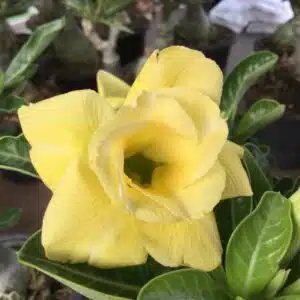
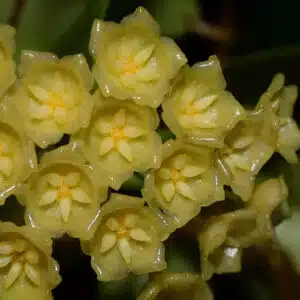
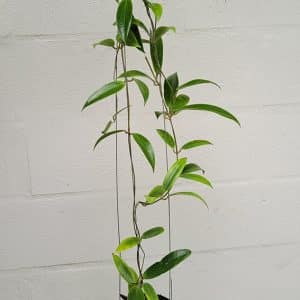
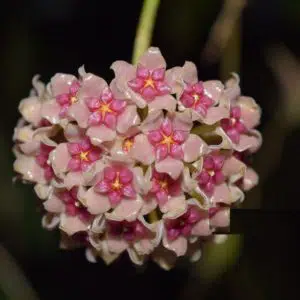
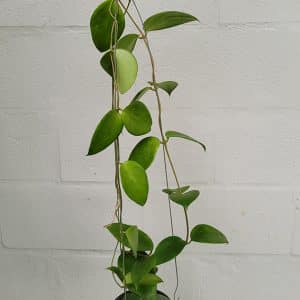

There are no reviews yet.